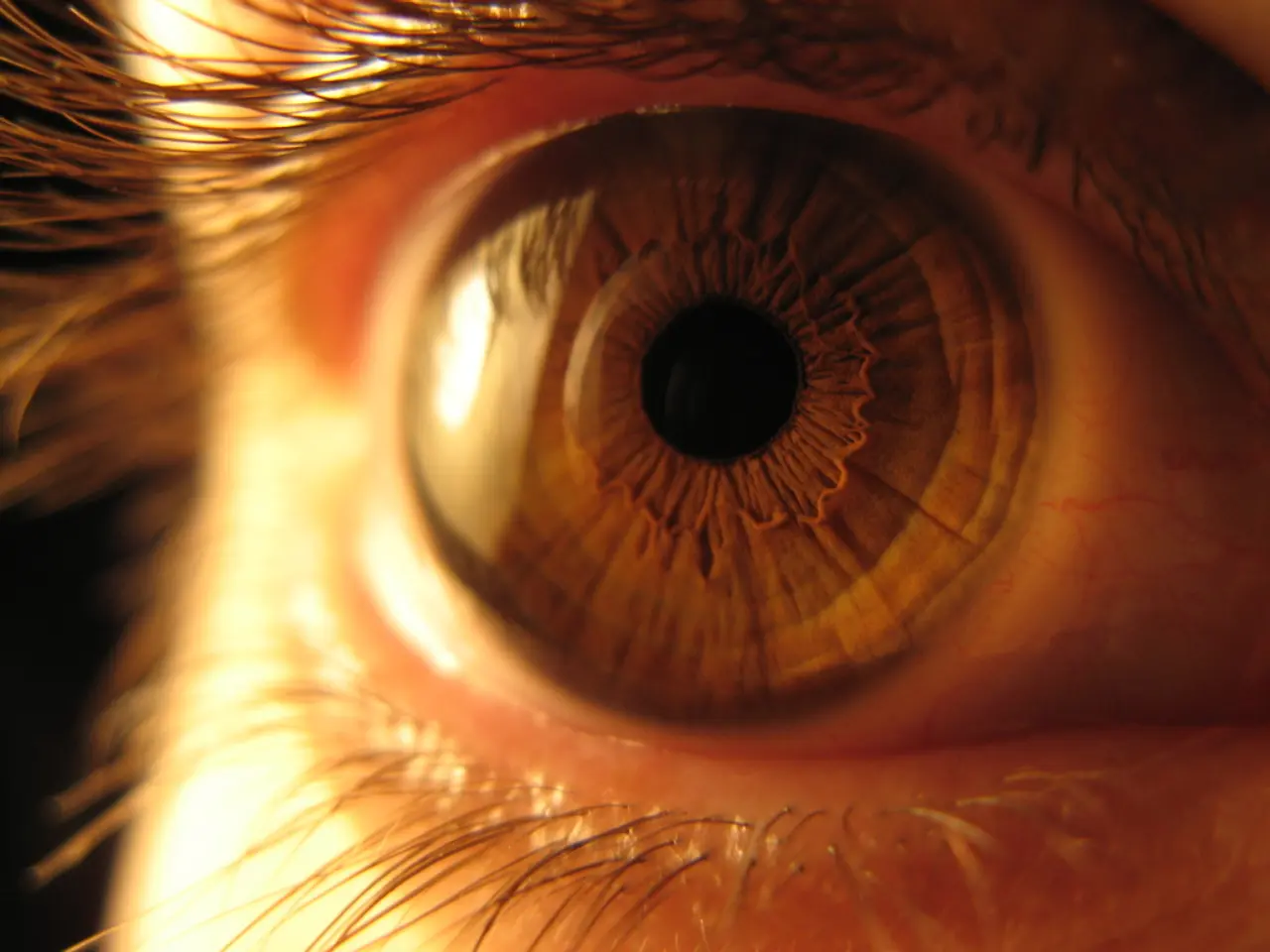cities experiencing a heatwave: is increased air conditioner usage potentially contributing to urban temperature rise?
In the heart of France, the city of Paris is experiencing a significant change due to the increasing use of air conditioning. According to a study published by the Parisian Urban Planning Agency and the International Research Center on the Environment and Development (Cired) in 2020, the diffusion of air conditioning in Paris has been rapid and massive[1][2].
Air conditioners, while providing relief from the summer heat, have been a subject of controversy due to their contribution to greenhouse gas emissions and the urban heat island (UHI) effect. However, unlike other UHI drivers such as urbanization and population density, air conditioning directly releases waste heat into city streets, exacerbating local heat intensities during hot periods[1][3][4].
The study suggests that the massive use of air conditioning would exacerbate UHI phenomena, potentially raising outdoor temperatures by 2 to 3°C[1]. This effect is particularly critical during heat waves when AC use spikes, intensifying energy consumption and the heat island effect at the neighborhood scale.
The process works by air conditioners cooling indoor spaces by transferring heat outside, which increases outdoor air temperature, particularly in dense urban areas like Paris. This process intensifies the UHI phenomenon since the expelled hot air accumulates in streets and urban canyons, making nights warmer and reducing natural cooling[1][3].
Compared to other contributing factors, air conditioning's impact is notable because it directly adds heat to the outdoor environment, unlike passive factors such as dark surfaces or lack of vegetation. The increasing reliance on AC due to climate change and more frequent heat waves creates a feedback loop: higher outdoor temperatures lead to more AC use, which releases more heat outdoors, further increasing UHI intensity[1][3][4].
Other factors like urban density, building materials, and reduced vegetation contribute to UHI by altering heat absorption and retention, but AC uniquely adds anthropogenic heat as an active source. Simulations indicate that by 2030, the nighttime overheating due to air conditioning could reach 2°C in certain districts of Paris[1].
In an effort to mitigate this issue, sustainable solutions are being explored. These include low-energy cooling methods that utilize night-time air and thermal mass, as well as low-energy cooling/heating networks that recycle thermal energy to reduce net heat emissions[1].
While urban form and materials remain primary contributors to Paris’s UHI effect, air conditioning adds a substantial and growing anthropogenic heat source that intensifies the problem. Efforts to reduce the UHI should consider more energy-efficient cooling alternatives and urban planning that moderates the heat released by AC systems[1][3][4].
The study also warns of a potential "vicious circle" where the urban heat island increases the need for air conditioning, and in turn, the use of air conditioning creates heat canyons[5]. If a heat wave were more severe than the one in 2003, the increase could be as high as 3.6°C, according to the Ademe[6].
In conclusion, the increasing use of air conditioning in Paris contributes significantly to the urban heat island effect, creating a cycle that could potentially worsen with climate change. It is crucial to consider energy-efficient cooling alternatives and urban planning strategies to break this cycle and maintain a comfortable and sustainable city environment.
References: [1] Giraudet, L-G., Masson, V., Viguier, V., & Le Méné, B. (2020). Urban heat island and air conditioning in Paris: A review and a modelling study. Environmental Research Letters, 15(10), 104013. [2] Parisian Urban Planning Agency. (2020). Diffusion massive et rapide de l'air conditionné à Paris. [3] Masson, V. (2020). Air conditioning and the urban heat island: A review. Urban Climate, 32, 100578. [4] Viguier, V. (2020). The economic impact of air conditioning on the urban heat island. Energy Policy, 147, 112953. [5] Giraudet, L-G. (2020). The urban heat island effect and air conditioning: A vicious circle. Science, 368(6493), 645-646. [6] Ademe. (2020). Potential impact of air conditioning on Paris's urban heat island during a severe heat wave. Ademe Report.
In the pursuit of mitigating the urban heat island effect in Paris, the study suggests exploring low-energy cooling methods and low-energy cooling/heating networks as sustainable alternatives to traditional air conditioning systems[1]. Furthermore, the increasing reliance on air conditioning due to climate change and heat waves creates a cycle that could potentially worsen, highlighting the need for urban planning strategies that moderate the heat released by AC systems[1][3][4].




